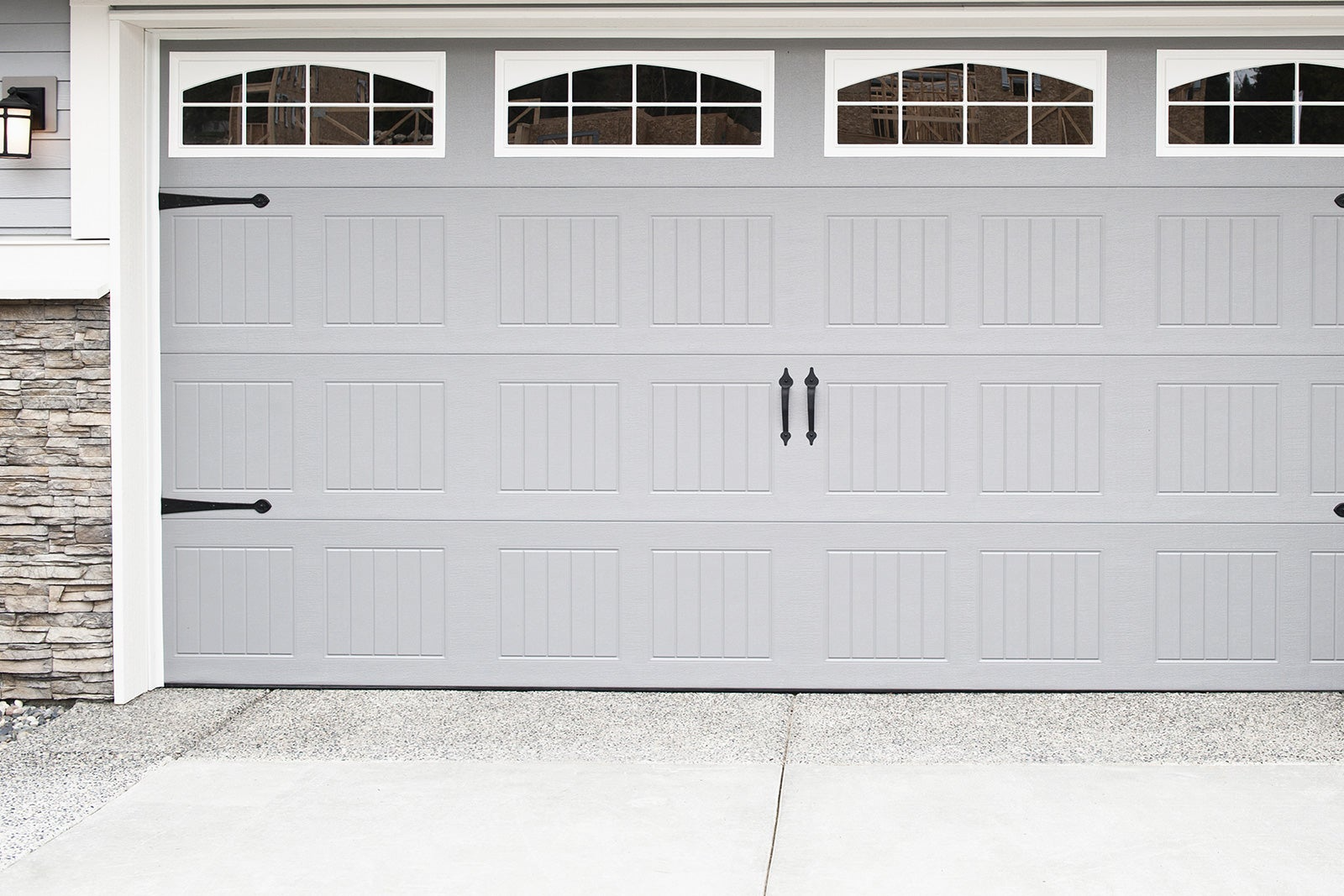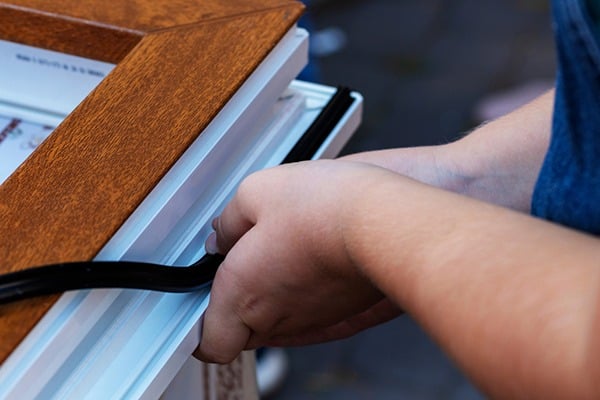Know the most common areas to check
If you suspect your home has a leak, your windows and doors are the most likely culprits. Mail slots, door jams, weatherstripping, and other weak points could create small openings for outside air to slip through.
While you’re checking your windows and doors, don’t forget some of the other most common leak points. That includes:
- Outdoor water faucets
- Electrical and gas service entrances
- Fireplace dampers
- Attic hatches
- Wall- or window-mounted air conditioners
- Cable TV and phone line access points
- Where dryer vents pass through walls
- Vents and fans




